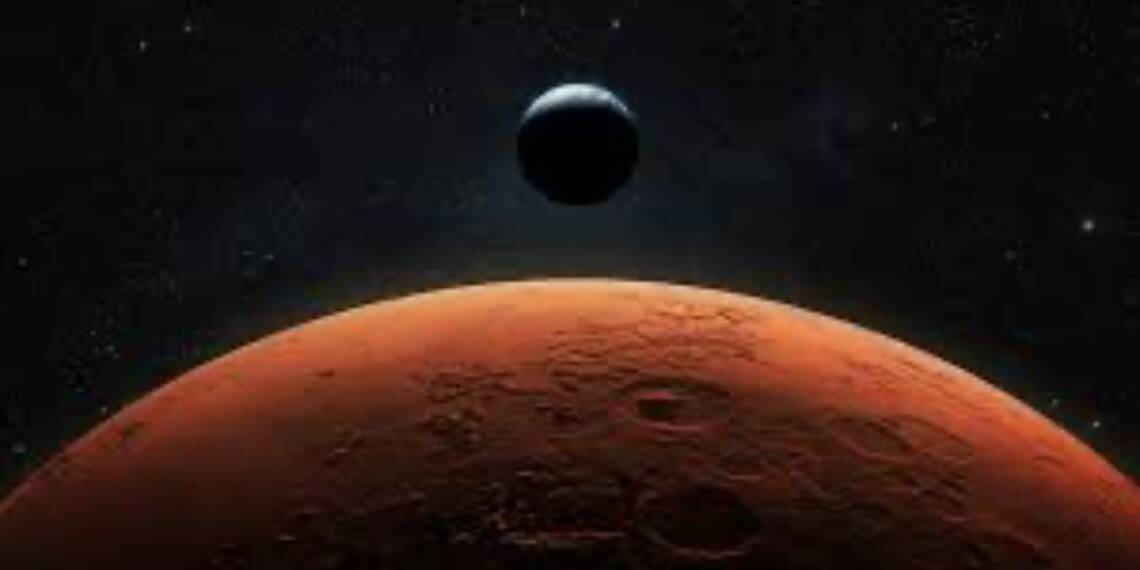A recent study has revealed that there could be a massive reservoir of liquid water hidden beneath the surface of Mars. According to seismic data analyzed by scientists, this underground water may exist between 3.4 and 5 miles (5.4 to 8 kilometers) below the Martian surface. The findings were published on April 25 in the journal National Science Review.
Researchers studied seismic waves recorded by NASA’s InSight lander, which has been monitoring Mars since 2018. They found that some of the waves slowed down at a certain depth, which suggests they were passing through a layer of liquid. Seismic waves usually travel more slowly through liquid than through solid materials. Scientists believe this “low-velocity layer” could be highly porous rock, saturated with liquid water, much like an underground aquifer on Earth.
“This layer is most likely made up of rock that’s full of tiny holes, soaked in water like a sponge,” explained Hrvoje Tkalčić, a geophysics professor at the Australian National University and co-author of the study.
The study estimates that if all this water were brought to the surface, it could cover the entire planet in an ocean between 1,700 and 2,560 feet (520 to 780 meters) deep. That’s about the same amount of water currently locked in the ice sheet of Antarctica on Earth.
Mars was once a very wet planet, especially between 4.1 billion and 3 billion years ago. Scientists have long believed that rivers, lakes, and even oceans existed on its surface, as seen from dry riverbeds and sediment layers. But over time, Mars lost its magnetic field, and the solar wind stripped away much of its atmosphere. This made the planet cold and dry, and its liquid water either evaporated into space, froze in the polar caps, or became trapped inside minerals in the crust.
However, this did not explain all the water Mars once had. A large amount of “missing” water has puzzled scientists for years. Now, this discovery may help solve that mystery.
“Our study shows it’s possible that the ancient water didn’t all disappear. Instead, it might have sunk underground into the porous rocks and stayed there,” said Tkalčić.
Earlier research had suggested that ice or water could exist deeper underground, between 7 to 13 miles (11 to 21 kilometers). But this new study offers fresh hope that liquid water is closer to the surface than previously thought.
Finding liquid water on Mars is a big deal for scientists, as water is essential for life. If such reservoirs exist, they might even support microbial life forms — although this remains only a theory for now.
Scientists agree that future missions to Mars, especially those with drilling capabilities, are needed to confirm whether this water is truly there. Until then, the idea of an ocean hidden beneath the Martian surface remains one of the most exciting discoveries in the search for life beyond Earth.







